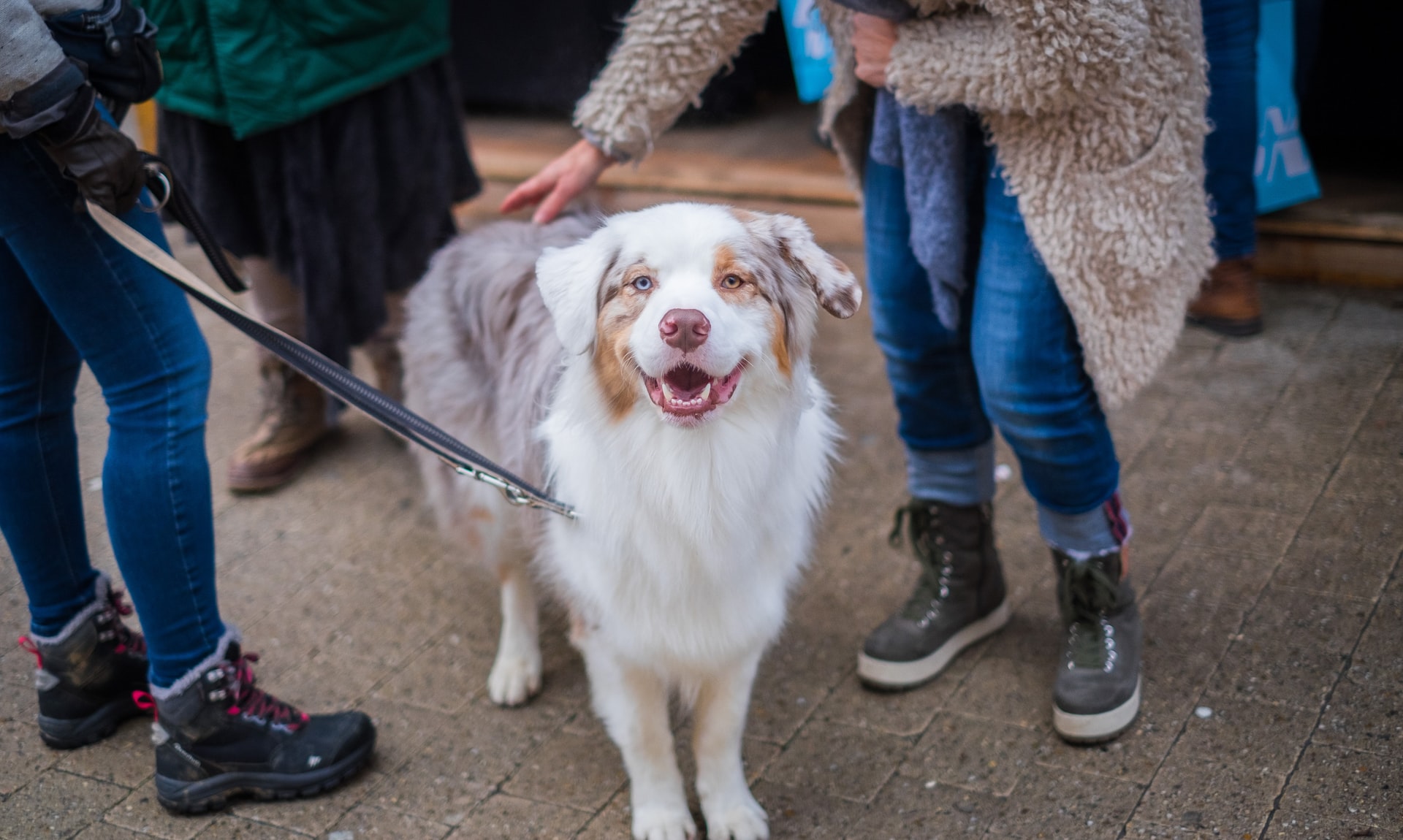Let’s face it, not all of your dogs’ actions are always cute – correcting dog behavior may seem extra challenging if you don’t know how to differentiate normal habits from unusual ones. There are certain things they do that can be a nuisance, such as chasing and jumping on people, chewing on objects (particularly your favorite pair of shoes), leash pulling, whining, and more.
While walking your dog on a leash, it may be helpful to offer him treats or use phrases like “good dog” and “nice job” as positive reinforcements for doing well. It’s important to not pull on the leash as your dog might resist and also pull himself farther from you. If he does, stop walking and instruct him to go back to your side. Advise the same to other people who wish to walk your dog.
But you must first be aware that there are some factors that influence how your dogs act around you and other people, such as their breed, living conditions, and age. Puppies and elderly dogs are a bit harder to deal with in terms of training and behavior correction because of either too much playfulness or stubbornness.
One thing to also keep in mind is that as a general rule, dogs don’t usually respond well to intimidation as a way of disciplining them. If anything, it could just trigger their aggression, making it more difficult for you to manage their moods. Resorting to intimidation to correct their mistakes may have a negative effect on your relationship with them, too.
So just how and when should we start controlling unwanted behavior of our dogs? Here is a guide to help you.
ADDRESSING YOUR DOG’S BAD HABITS
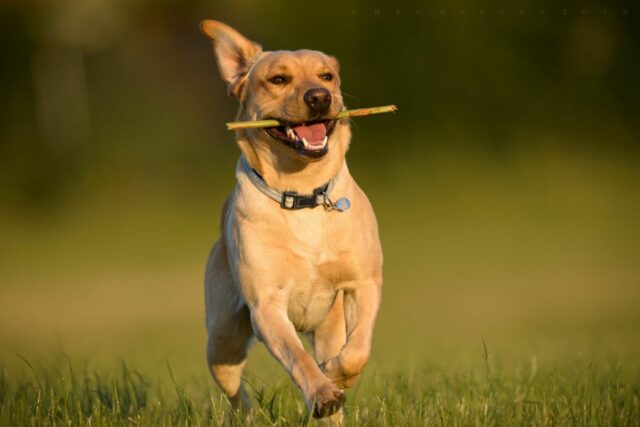
1. Get them moving.
Letting your dogs engage in daily physical activities ensures that their energy is spent on exercise, and not on destroying stuff and behaving badly. Young dogs typically have higher energy levels compared to older ones, so they must be brought out for more exercise.
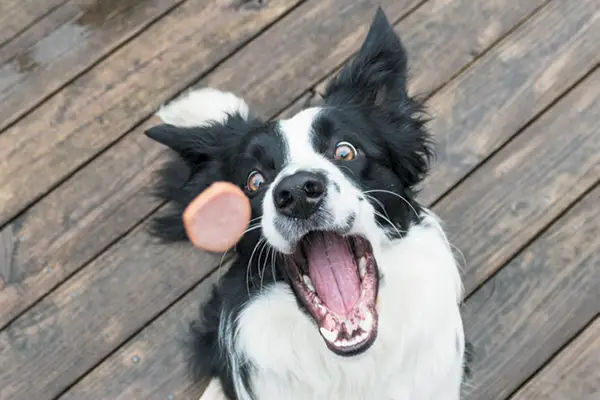
2. Reward their good behavior.
If at any time your dog does a good deed, using positive reinforcement would go a long way. You may pet, praise, or give them treats every time they exhibit desirable behavior or when they are able to follow your instructions.
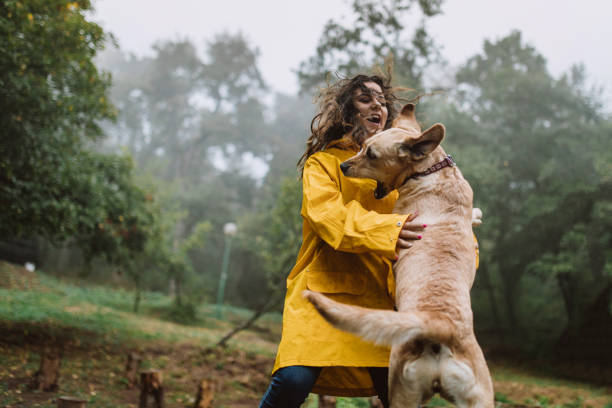
3. Figure out what may be causing bad behaviors.
Does getting into an open closet help your dog relax? Does your reaction when your dog jumps on you give them a signal that it’s time to play? Controlling unwanted habits also means finding out what might be triggering your dog to do these actions so you can pay better attention to what they really need.
 4. Practice.
4. Practice.
Continue regular practice and reinforcement until you can see your dog’s behavioral patterns improve. Consistent training also helps you form a more solid bond with them so they could learn to trust and obey you more.
CORRECTING SPECIFIC HABITS
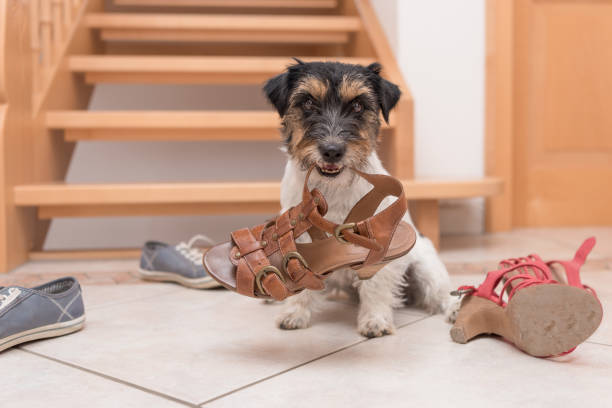
1. Chewing
Give your dog an object that is more appropriate for him to chew, and avoid offering household items that he shouldn’t be munching on such as shoes, clothes, and cords. Otherwise, he’ll think it’s okay for him to chew on just about anything he can put his paws on – don’t forget to keep your stuff out of their reach.
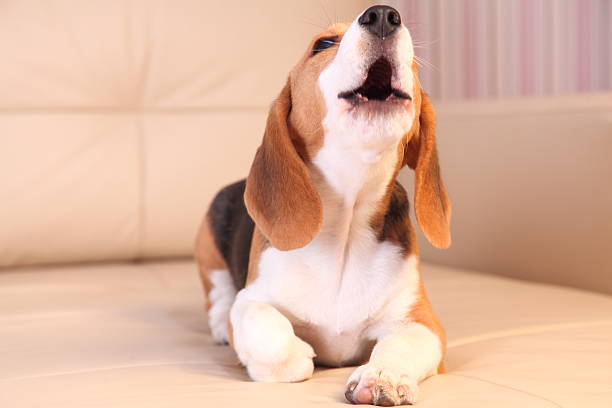 2. Barking
2. Barking
Of course, it is perfectly normal for all dogs to bark, but not excessively. There are various reasons as to why they bark – when they see a visitor or another dog for the first time, when they’re excited, or even when they’re bored. You may train them to respond to cues like “quiet”, “shh”, or “enough”; remember to also be calm when you need to use these words to stop them from barking. Another way is to refuse to give him your full attention when he barks at you to ask for it, until he quiets down.
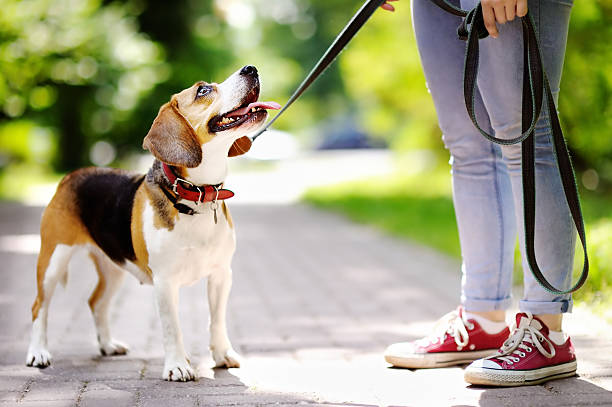
3. Leash Pulling
While walking your dog on a leash, it may be helpful to offer him treats or use phrases like “good dog” and “nice job” as positive reinforcements for doing well. It’s important to not pull on the leash as your dog might resist and also pull himself farther from you. If he does, stop walking and instruct him to go back to your side. Advise the same to other people who wish to walk your dog.
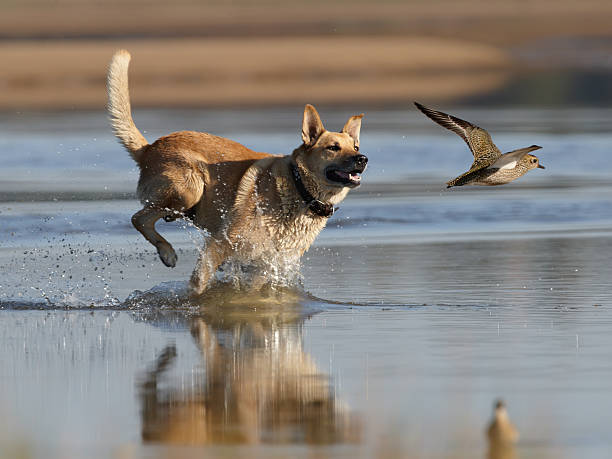
4. Chasing
This is one common dog behavior that owners usually want to correct. Dogs chase running people or flying objects because of their predatory instinct; their brains are biologically wired to go in pursuit of moving things. An option would be to put your dog in a leash when outdoors, and to teach your dog to only come when they are called. Pay attention to triggers such as cyclists, joggers, or other pets running around in your neighborhood and use a whistle to catch your dog’s attention anytime.
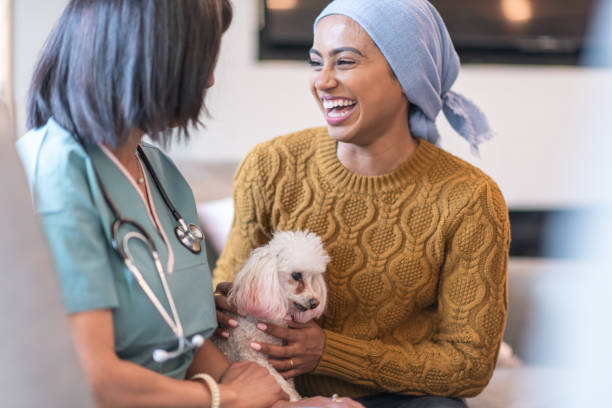
5. Jumping
Calmly greet your dog to not get him over-excited. They jump because they are seeking your attention. Ignoring them is the best way to discourage this behavior. Teach them the ‘sit’ command because a sitting dog can’t jump. Crouch down to your dog’s eye level and give him the attention he wants. Do this constantly and your dog will initiate sitting down without being asked eventually. Tip: To stop your dog from jumping on visitors, use a crate, a “place” command, a baby gate, or keep your dog on a leash until he calms down.
6. Digging
Given the chance, dogs will do some digging-it’s a matter of instinct. Dog breeds like terriers are more prone to digging because of their hunting genes. But in general, dogs dig because of boredom, excess energy, anxiety, fear, comfort-seeking, hiding stuff, or to escape or gain access to an area. This behavior can get frustrating especially if you are spending too much on yard work. Spot and determine the cause of their digging and then work to eliminate that source. Make them exercise more by spending quality time doing activities and extra training. If your dog is really addicted to digging, set aside an area where he can do so like in a sandbox. Train him to dig in that specific area only.
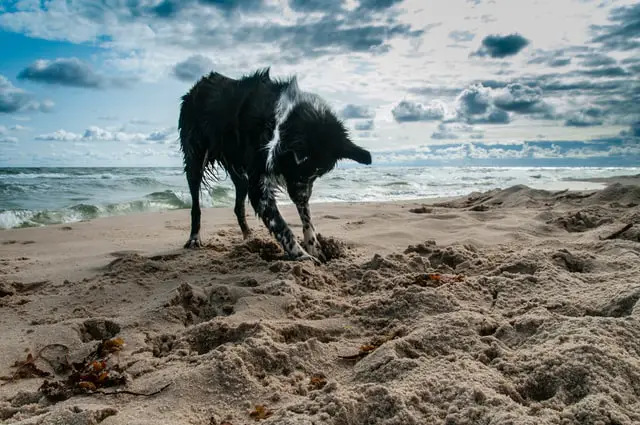
7. Separation Anxiety
Separation anxiety happens when a dog begins to act as its owner prepares to leave. He follows you around constantly and tries touching you whenever possible. Afterward, the dog then misbehaves in the first 15 to 45 minutes after you leave. Manifestations include vocalization, chewing, inappropriate urination and defecation, and other forms of destruction. To eliminate this behavior, separation anxiety requires lots of training, behavior modification, and desensitization exercises. Medication may also be recommended by vets in extreme cases.
8. Inappropriate Elimination
One of the most frustrating dog behaviors is inappropriate urination and defecation. They can mess up areas of your household and make them unwelcome in other places. Discuss this behavior with your veterinarian first to rule out health problems. If no medical issues are found, determine the reason for it, which comes down to anxiety, territorial marking, and lack of proper housebreaking. Pissing and pooping everywhere is unavoidable in puppies, but for older dogs, that’s another story. Dogs need serious behavior modification to eliminate this particular habit.
9. Begging
Begging is a bad habit that should not be discouraged because it can lead to digestive problems and obesity in dogs. Our pets do this behavior because they love food. However, table scraps are not good for them and should not be mistaken for love. It can be hard to resist your dog’s sad-looking expression but giving in to this stunt will more likely create a problem in the future. When you tolerate your dog’s begging, you are sending him the wrong message.
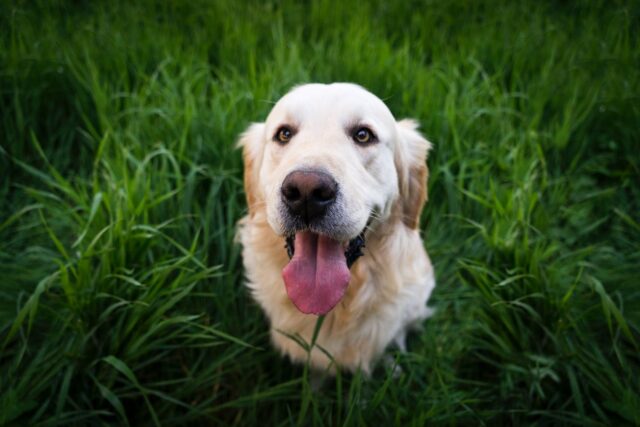
Experts say that before you sit down to eat, command your dog to go to his corner where he will not be able to watch you. It is also a good idea to confine your dog to another room. You can reward him with some treats from time to time only if he behaves and only after you are completely done eating.
10. Biting
Dogs bite out of instinct. Puppies do it to explore the environment. Mother dogs do it to train their litter to discipline them and help them develop bite inhibition. The motivation to bite, nip or snap is not necessarily always about aggression. They also do this behavior out of fear, defensiveness, property protection, and hunting instincts. Owners and breeders can help decrease the tendency for any type of dog to bite through proper training, socialization, and breeding practices.
WHEN TO SEE A DOG BEHAVIOR SPECIALIST
While it’s normal for dogs to exhibit these habits once or twice, repeatedly doing these actions is a red flag and calls for a consultation with a dog behavior specialist for proper diagnosis and treatment. Dog behavior specialists and vets can offer professional advice if your dogs don’t respond to simple training or you suspect that they have underlying health issues influencing their behavior.

Correcting dog behavior, when done right, can work wonders to how your dog interacts with and thrives in the environment he’s in. Remember that eliminating their bad habits takes time, so try to be more patient and understanding. After all, you’ll both reap the benefits in the end!

